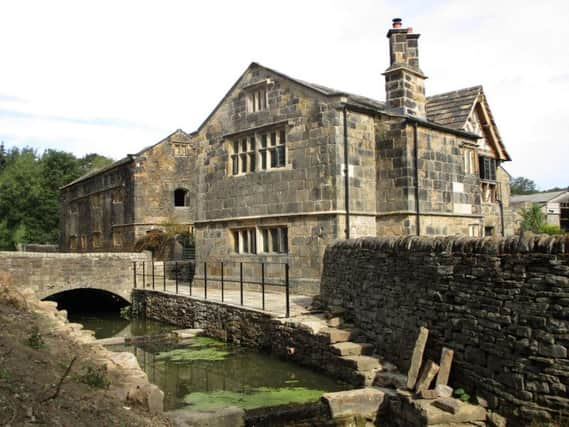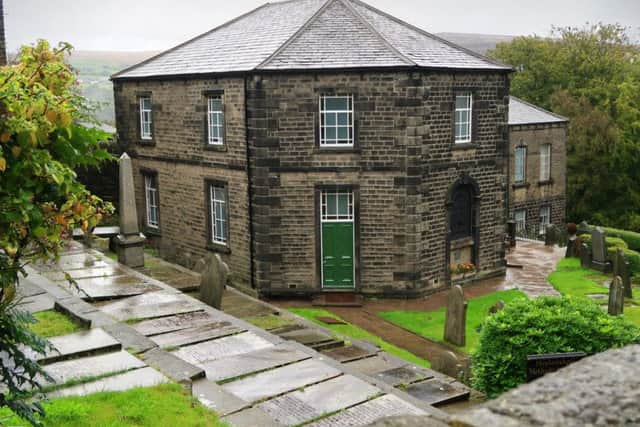'Robin Hood' priory in Brighouse is saved from ruin


Historic England has published the 2018 Heritage at Risk Register which is the annual snapshot of the health of England’s historic places.
This year Historic England is celebrating 20 years of the Heritage at Risk Register.
Advertisement
Hide AdAdvertisement
Hide AdLooking back over the last 20 years, huge progress has been made in saving our heritage and giving it new uses – more than two thirds of entries on the original 1998 Register for England have been rescued.


Kirklees Park is home to the best group of medieval farm buildings in the region, and is said to be where folk hero Robin Hood died. Thanks to a new owner and grant-aid from Historic England repairs to the timber-framed Grade II listed gatehouse, which had been on the Register since 1998, have been completed and it was removed from the Register last year.
Whilst the majority of the gatehouse seems to have been built in the early 16th-century, part of its timber framing is thought to have come from Kirklees Priory - a medieval nunnery founded on the site during the reign of Henry II (1154-89).
The Priory is now best known as the place where Robin Hood is reputed to have died after being poisoned by the abbess.
Advertisement
Hide AdAdvertisement
Hide AdFive structures at Kirklees Park are still on the Heritage at Risk Register but the fantastic restoration of the gatehouse demonstrates how this important collection of historic buildings can be brought back into use.
“We have dedicated time, expertise and money to bring cherished places back into use and we are proud to have played our part in saving them from neglect. Despite the successes, other places continue to fall into disrepair. They have been added to this year’s Register and we will focus our attention on them in the years ahead.”
Wesleyan Methodist Chapel, Heptonstall has also been removed from the at risk register.
The Grade II* listed octagonal chapel is one of the oldest Methodist churches in England. Founding Methodist John Wesley laid the foundation stone and preached at the chapel numerous times. The octagonal design was specifically approved by John Wesley - other octagonal chapels were built in Rotherham and Whitby. Repairs were carried out with funding from the Heritage Lottery Fund to address the ceiling, which had suffered falling plaster, and restore the stained glass.